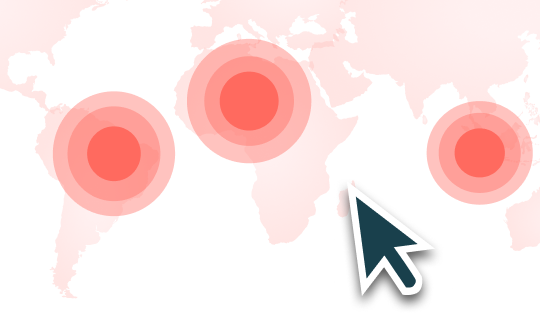Brazil’s pork industry is a large consumer of feed (mainly soy and corn), consuming 3.7 million tonnes of soy and 11.2 Mt of corn in 2018. This demand, although only around half that of the country’s chicken industry, makes it the fourth largest market for Brazilian soy (after China, the Brazilian chicken sector and the European Union) and the second largest market for Brazilian corn (just behind the Brazilian chicken sector and ahead of any other importing country). As such, the industry is an important driver of soy and corn expansion in Brazil, which in turn drives the expansion of crops and pasture into the Amazon and Cerrado biomes.
The 679,000 t of pork exported in 2017 required 749,000 t of soy feed. However, Trase’s supply chain map shows that these exports, like those of chicken, were associated with negligible soy deforestation risk (less than 50 ha). This is due to the fact that pork industrial production is concentrated in the southeast of the country and so locally sourced soy feed is not linked to deforestation. This dynamic is also seen in domestic pork demand, which was only slightly more dependent on states with more active deforestation frontiers.
The negligible embedded soy deforestation risk in pork exports contrasts with Brazil’s soy exports, which in 2017 were associated with 58,000 ha of soy deforestation risk. Exported soy is mainly used for animal feed abroad. A particularly striking comparison is with beef exports, which had a relative deforestation risk (54 ha/kt meat) more than 1200 times greater than that for pork.
The main export markets for Brazilian pork in 2015–2017 were China and Russia. However, exports to Russia collapsed in 2018 following a ban on Brazilian pork and beef shipments from December 2017 to November 2018 over food safety concerns. Exports have still not recovered to pre-ban levels. Imports from mainland China have increased significantly in recent years. The African swine fever outbreak that started in China in August 2018 and decimated China’s domestic pig herd has continue to drive up Chinese demand, with record exports in 2019 (62% more than in 2018) and 2020.
Was this article useful?




